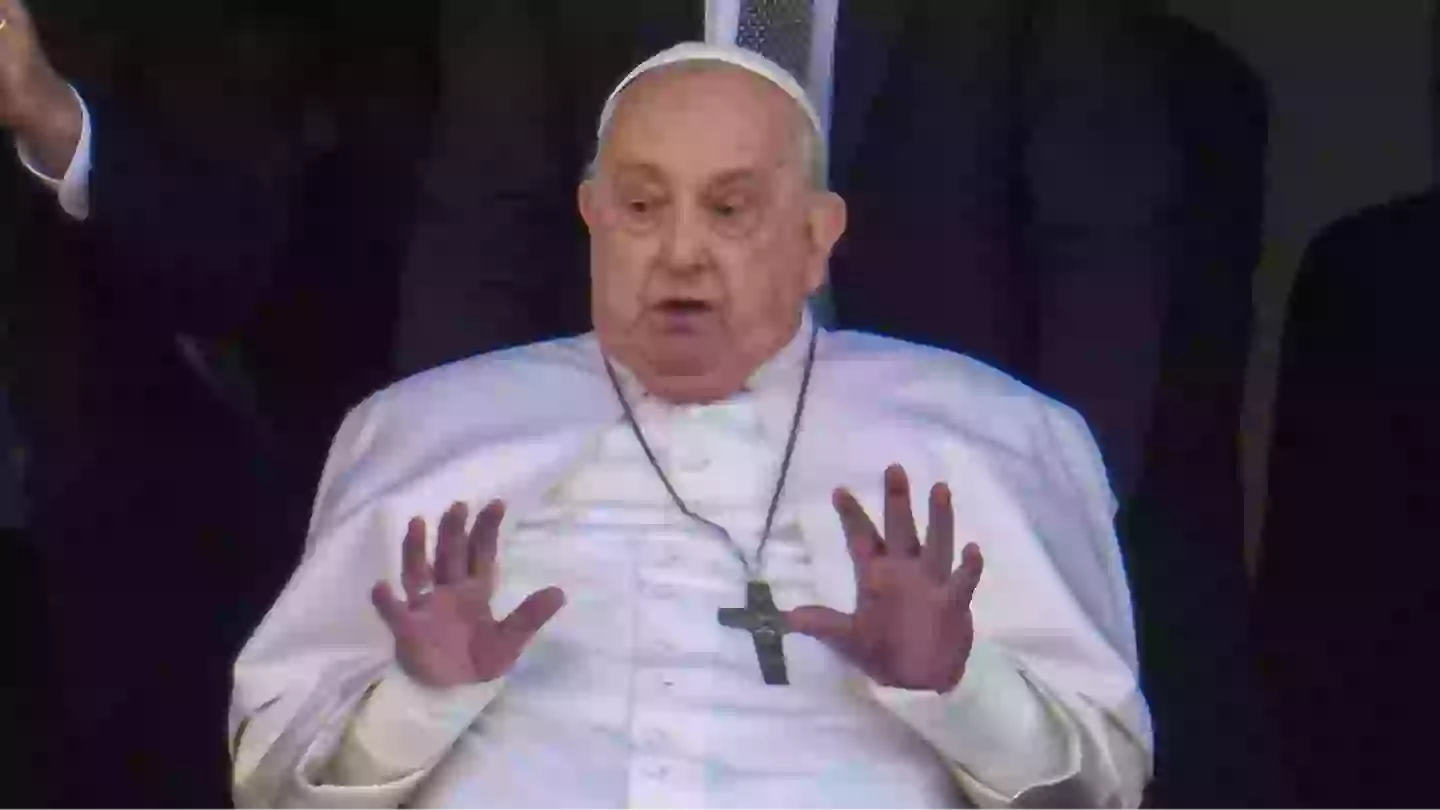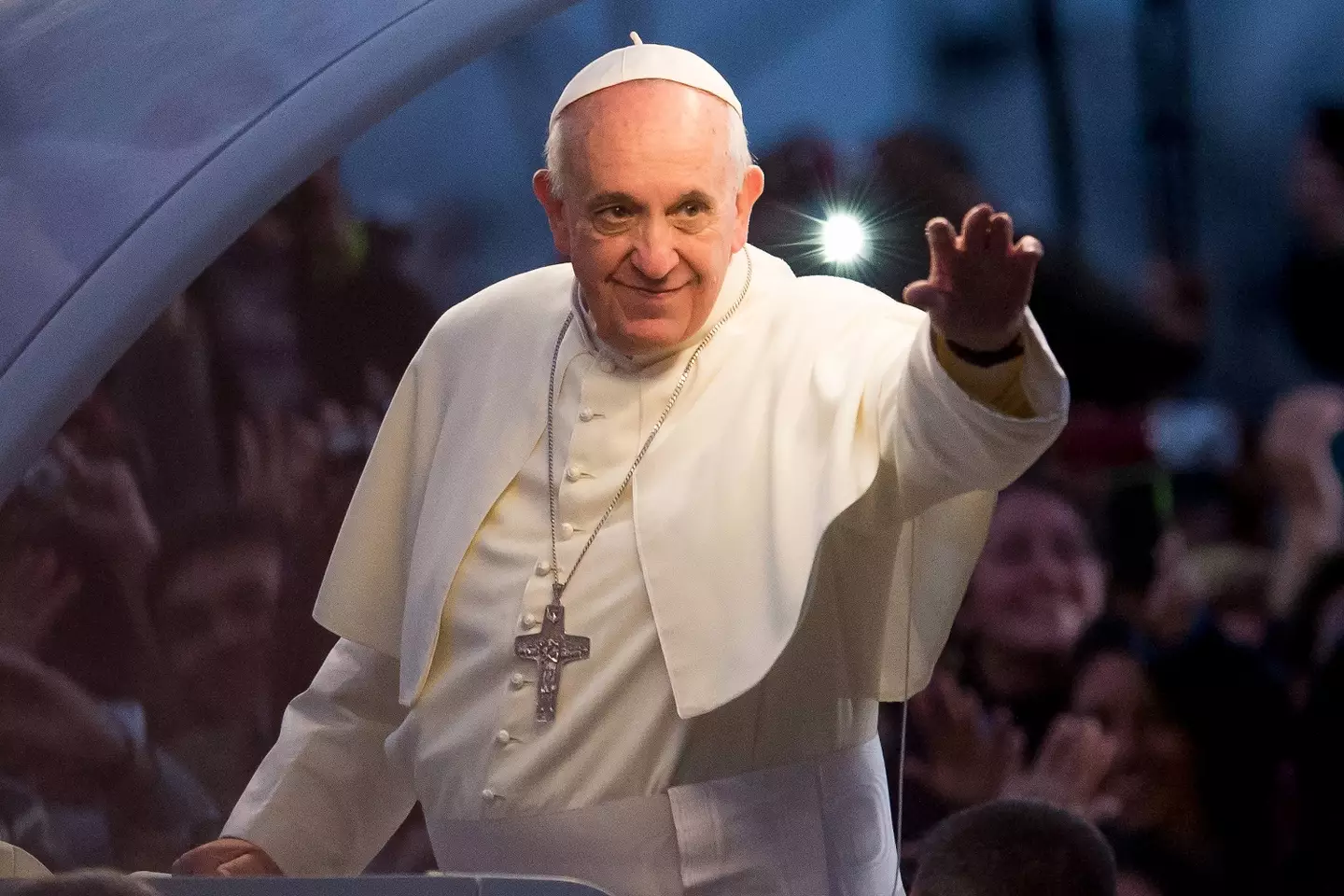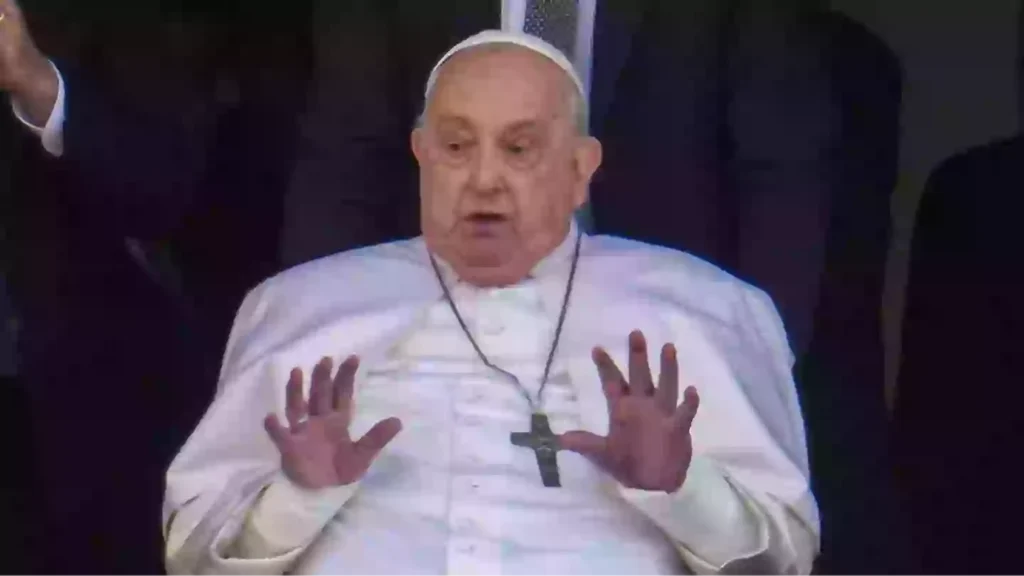“Do You Think I Can Manage It?” — Pope Francis’ Final Days and the Gentle Goodbye That Broke the World’s Heart
In the early morning hush of April 21, a frail hand rose slowly from beneath a white blanket — not in blessing, not for ritual, but in quiet farewell. It was Pope Francis’ final gesture, offered to the man who had become his shadow in illness, his strength in weakness: personal nurse and confidant, Massimiliano Strappetti.
Just one hour later, the world would lose the 266th pope. But in that fleeting, unscripted moment, it gained something eternal — a final act of tenderness from a man who had spent his life teaching the world how to love.
38 Days, One Faithful Companion
The Pope’s health had been declining for months. But it was during his 38-day hospitalization at Rome’s Gemelli Hospital that the world saw the full extent of his struggle with double pneumonia. By his side throughout — day and night — was Strappetti. Not just a nurse, but a steady presence. A silent guardian of the Holy Father’s dignity.

And even after the Pope was discharged and returned to Casa Santa Marta, Strappetti remained there, faithfully caring for him as his strength slowly ebbed.
Easter Sunday: The Ride He Insisted On
April 7 was Easter Sunday — a day that would become a profound symbol of defiance, devotion, and grace.
Though weakened, and against his doctors’ advice, Pope Francis made a decision. He would ride through St. Peter’s Square to greet the faithful, even if he could not lead the Mass himself. The crowd of 50,000 roared with love as he appeared, smiling softly, wrapped in a simple white coat, waving from the open-air Popemobile.

Before that ride, he had turned to Strappetti with a question:
“Do you think I can manage it?”
The nurse nodded, gently. And with that small encouragement, the Pope chose connection over comfort — presence over retreat. For fifteen unforgettable minutes, he let the world see him: tired, fragile, but unshaken.
The Quiet That Came After
Later that evening, Pope Francis returned to his quarters. He had dinner. He prayed. And he rested.
But at 5:30 a.m., something changed.
Signs of distress appeared. Caregivers rushed to his side. The room filled with urgency — but also with reverence. And in the final quiet of the morning, at 6:30 a.m., the Pope stirred once more. With fading strength, he reached out his hand — not to the world, but to the one person who had been by his side through it all.

No words. No headlines. Just a final goodbye, shared between two souls who had weathered the storm together.
By 7:35 a.m., the Holy Father was gone.
A Discreet Death, A Life of Light
“There was no suffering,” Vatican News reported. “It happened quickly. A discreet, almost sudden passing. Just as he would have wanted — without spectacle, without alarm.”
It was, in many ways, the perfect ending for a man who never sought attention, only impact.
He had led the Church through storms, modernized its voice, and opened its arms wider than ever before. In life, Pope Francis taught us to lead with humility, to love without borders, and to listen before judging. In death, he gave us one final lesson — how to leave this world with grace.
The World Mourns — and Remembers
Across the globe, bells tolled. Candles flickered. Pilgrims gathered in silent prayer. But amid all the mourning, a simple image remains: an old man, worn thin by time and service, offering a small wave of the hand. A goodbye. A thank you. A benediction without words.
And maybe, just maybe, a whispered promise:
“Love one another, even now. I am still with you.”

